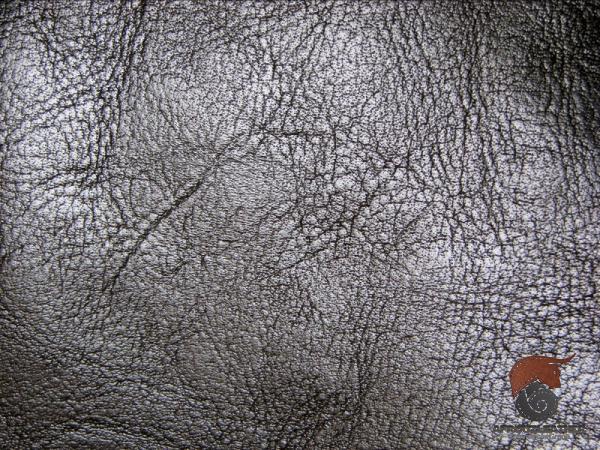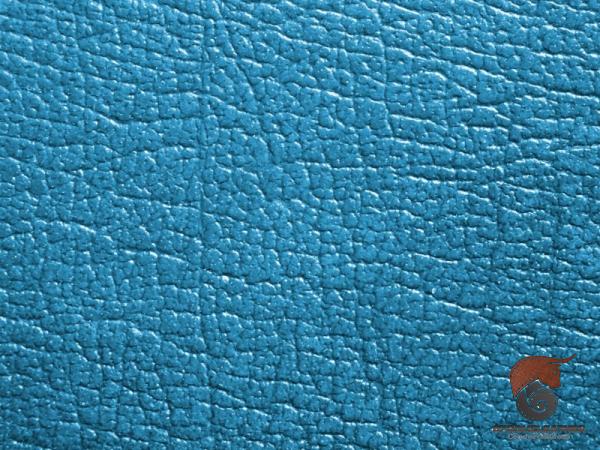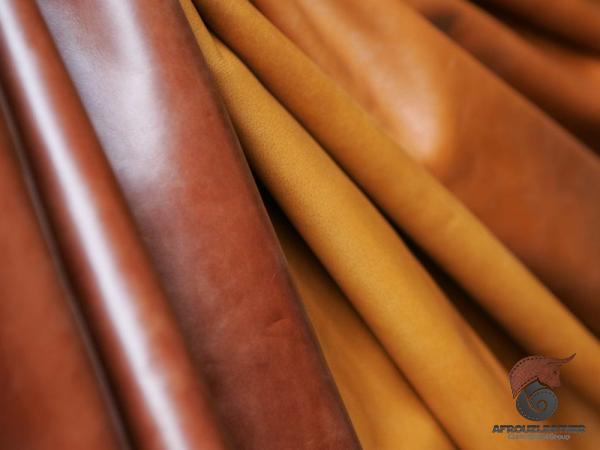Fake leather, also known as faux leather or synthetic leather, has gained popularity as an alternative to genuine leather in recent years. As concerns about animal welfare and environmental sustainability have increased, the development and use of faux leather materials have become more prevalent. This article aims to dive into the world of fake leather, exploring its composition, manufacturing processes, advantages, disadvantages, and potential environmental impact. 1. Understanding Fake Leather Material: 1.1 Composition: Fake leather is typically composed of a fabric base, which is then coated or laminated with a synthetic material. Common materials used include polyurethane (PU) and polyvinyl chloride (PVC). These coatings provide the leather-like appearance and texture. 1.2 Manufacturing Processes: There are various methods used to manufacture fake leather, including calendering, hot-melt coating, and transfer coating. Each process involves layering the synthetic material onto the fabric base, resulting in a leather-like finish.
leather
 2. Advantages of Fake Leather: 2.1 Animal Welfare: One of the primary advantages of fake leather is its cruelty-free nature. No animals are harmed during the production of synthetic leather, making it a suitable option for individuals who are against using genuine leather. 2.2 Cost-effective: Fake leather is generally more affordable than genuine leather. This affordability makes it a popular choice for consumers looking for a luxurious appearance without breaking the bank. 2.3 Versatility: Synthetic leather can be manufactured in a wide range of colors, patterns, and textures. This versatility allows for greater customization and flexibility in design choices. 2.4 Durability: Depending on the quality of manufacturing, fake leather can be highly durable. It is resistant to scratches, easy to clean, and less prone to fading compared to genuine leather. 3. Disadvantages of Fake Leather: 3.1 Limited Breathability: Unlike genuine leather, artificial leather lacks breathability. This can lead to discomfort during extended periods of use, as it does not allow air circulation or moisture absorption. 3.2 Lower Quality: While fake leather can be long-lasting, its overall quality is lower compared to genuine leather. Over time, the material may begin peeling or cracking due to wear and tear. 3.3 Environmental Impact: Synthetic leather is typically derived from petroleum-based materials.
2. Advantages of Fake Leather: 2.1 Animal Welfare: One of the primary advantages of fake leather is its cruelty-free nature. No animals are harmed during the production of synthetic leather, making it a suitable option for individuals who are against using genuine leather. 2.2 Cost-effective: Fake leather is generally more affordable than genuine leather. This affordability makes it a popular choice for consumers looking for a luxurious appearance without breaking the bank. 2.3 Versatility: Synthetic leather can be manufactured in a wide range of colors, patterns, and textures. This versatility allows for greater customization and flexibility in design choices. 2.4 Durability: Depending on the quality of manufacturing, fake leather can be highly durable. It is resistant to scratches, easy to clean, and less prone to fading compared to genuine leather. 3. Disadvantages of Fake Leather: 3.1 Limited Breathability: Unlike genuine leather, artificial leather lacks breathability. This can lead to discomfort during extended periods of use, as it does not allow air circulation or moisture absorption. 3.2 Lower Quality: While fake leather can be long-lasting, its overall quality is lower compared to genuine leather. Over time, the material may begin peeling or cracking due to wear and tear. 3.3 Environmental Impact: Synthetic leather is typically derived from petroleum-based materials.
Specifications of leather
 The production and disposal of these materials can have a negative impact on the environment, contributing to carbon emissions and waste accumulation. 4. Environmental Concerns and Sustainable Alternatives: 4.1 Eco-friendly Alternatives: To address environmental concerns, manufacturers are increasingly exploring sustainable alternatives to traditional fake leather. These alternatives include using plant-based materials such as pineapple leaves, apple peel waste, mushrooms, and recycled plastics. 4.2 Recycling and Upcycling: Efforts are being made to promote the recycling and upcycling of fake leather products to minimize waste and extend their lifespan. Initiatives such as collection programs and innovative recycling technologies are being implemented to reduce the environmental impact of synthetic leather. 5. Consumer Awareness and Ethical Considerations: 5.1 Authenticity and Labeling: To protect consumers’ interests, it is essential to have clear labeling standards for fake leather products. Ensuring transparent and accurate labeling will help consumers make informed purchasing decisions.
The production and disposal of these materials can have a negative impact on the environment, contributing to carbon emissions and waste accumulation. 4. Environmental Concerns and Sustainable Alternatives: 4.1 Eco-friendly Alternatives: To address environmental concerns, manufacturers are increasingly exploring sustainable alternatives to traditional fake leather. These alternatives include using plant-based materials such as pineapple leaves, apple peel waste, mushrooms, and recycled plastics. 4.2 Recycling and Upcycling: Efforts are being made to promote the recycling and upcycling of fake leather products to minimize waste and extend their lifespan. Initiatives such as collection programs and innovative recycling technologies are being implemented to reduce the environmental impact of synthetic leather. 5. Consumer Awareness and Ethical Considerations: 5.1 Authenticity and Labeling: To protect consumers’ interests, it is essential to have clear labeling standards for fake leather products. Ensuring transparent and accurate labeling will help consumers make informed purchasing decisions.
buy leather
 5.2 Ethical Considerations: While fake leather is considered an ethical alternative to genuine leather in terms of animal welfare, there are ethical concerns related to the environmental impact of synthetic materials. Consumers should consider both aspects when making purchasing decisions. Conclusion: Fake leather, or faux leather, offers a multitude of advantages, including cost-effectiveness, customization options, and animal cruelty-free production. However, it also poses certain disadvantages, such as limited breathability and the potential for lower quality. Additionally, the environmental impact of synthetic materials used in faux leather production is a point of concern. As consumer demand for sustainable and eco-friendly materials increases, manufacturers are exploring alternative production methods and materials to reduce the negative impact on the environment. It is important for individuals to consider both the benefits and drawbacks of fake leather, and make informed choices based on their personal values and priorities.
5.2 Ethical Considerations: While fake leather is considered an ethical alternative to genuine leather in terms of animal welfare, there are ethical concerns related to the environmental impact of synthetic materials. Consumers should consider both aspects when making purchasing decisions. Conclusion: Fake leather, or faux leather, offers a multitude of advantages, including cost-effectiveness, customization options, and animal cruelty-free production. However, it also poses certain disadvantages, such as limited breathability and the potential for lower quality. Additionally, the environmental impact of synthetic materials used in faux leather production is a point of concern. As consumer demand for sustainable and eco-friendly materials increases, manufacturers are exploring alternative production methods and materials to reduce the negative impact on the environment. It is important for individuals to consider both the benefits and drawbacks of fake leather, and make informed choices based on their personal values and priorities.

Your comment submitted.